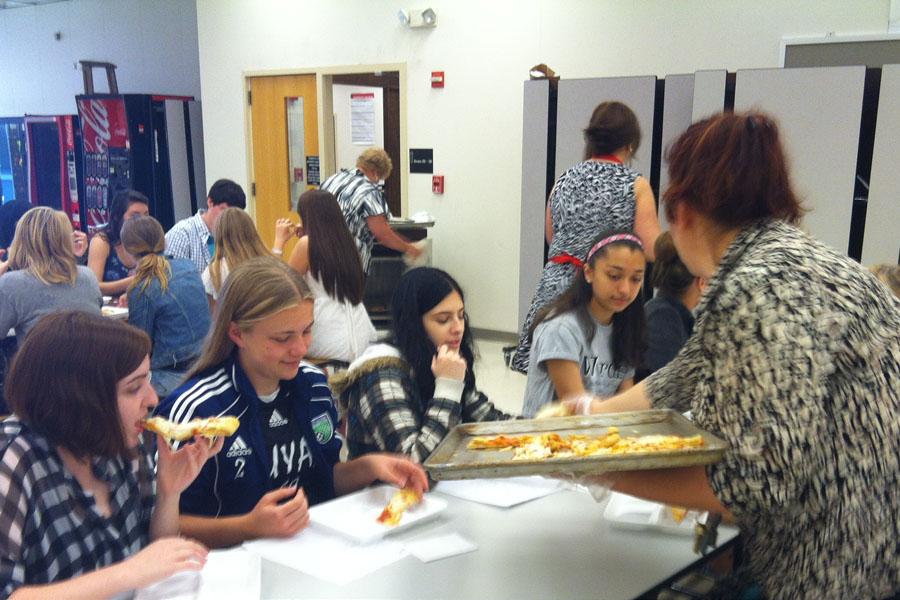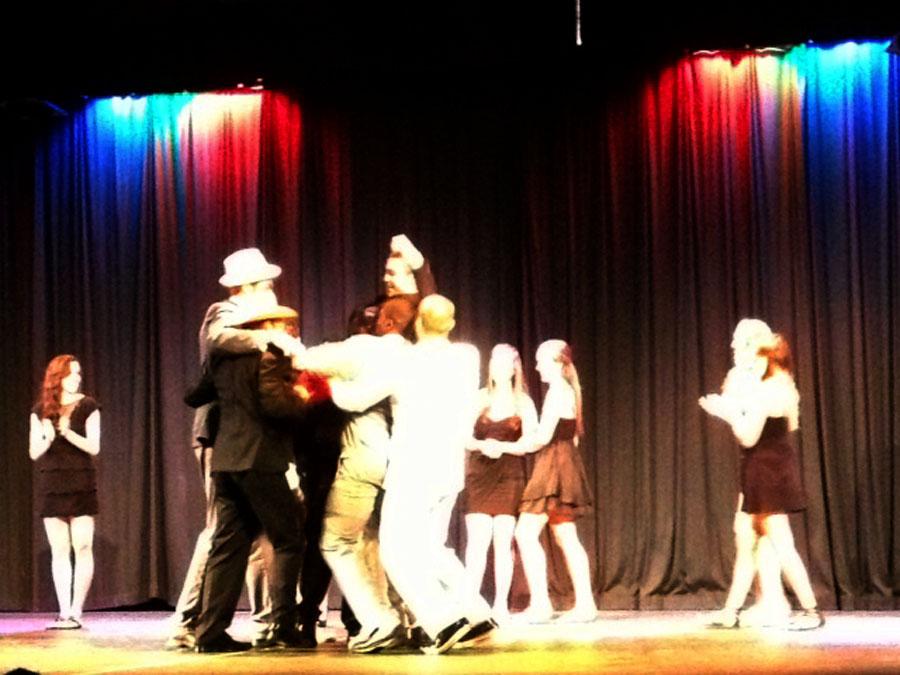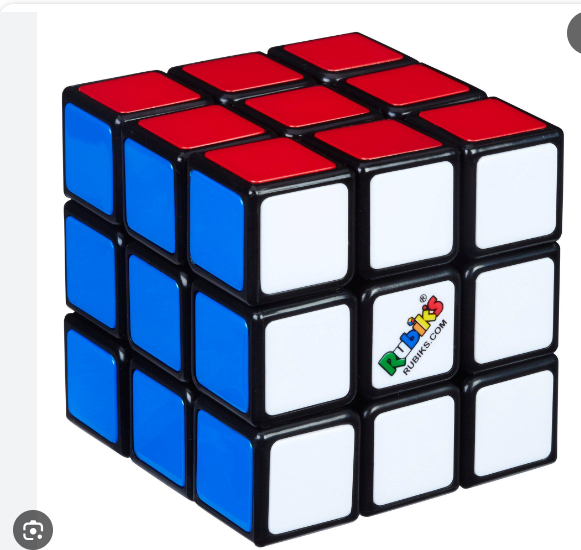By Matt Carlstrom
Round Table reporter
People celebrate Christmas in different ways. For many, Christmas is a time of family, memories, and joy in the midst of a cold and dismal season. For Christians, these celebrations also recognize the birth of the Lord Jesus Christ. And for still many, the religious aspects of the holiday are intermixed with contemporary American holiday traditions, like Santa Claus, Christmas trees, stocking stuffers, and gingerbread. What’s most interesting about Christmas is that, aside from its religious significance, it is a true melting-pot holiday.
The Christmas holiday we celebrate in America is a mixture of Christian and Pagan rituals, with traditions that stem from Nordic, Anglo-Saxon, and Germanic cultures. Much of our current idea of Christmas was developed in the early twentieth century, a time when a large amount of European immigrants arrived in the United States, and brought their customs with them.
Santa Claus, the jolly fat man who lives in the North Pole and slides down our chimneys and places presents in our stockings and under the tree on Christmas Eve, is an emanation of the Dutch mythical figure Sinterklaas (also known as Saint Nicholas), a Saint who would give ample gifts to the poor, as well as the Germanic Norse God Odin, an old man who rode an eight-legged horse across the sky and gave children candy. It is likely that these regional customs adapted to fit the widespread Christianization of Europe in the Middle Ages, and then taken to America after years of cultivation.
The Christmas tree is another interesting example of a strange European custom that has taken a foothold in America. For many of us, nothing beckons the holiday season more than going out to a Christmas tree farm and picking our favorite evergreen with family members. We return home, decorate the tree, and admire it while sipping hot cocoa. This is similar to the fifteenth-century Estonian custom of removing an evergreen from a forest, decorating it with dates, nuts, and paper flowers, and dancing around it.
It is thought that this tradition began spreading throughout Germany and eventually to America via German immigrants by the late seventeenth century. These fun customs are practiced in association with the birth of Jesus Christ, mostly as a way to enjoy a season that is otherwise dreary, cold, and unpleasant. With Christmas and the holiday spirit, fond memories of waiting for Santa Claus and the Christmas tree can be appreciated rather than thinking of the rising heating bills and illness. One thing is for sure: Christmas has developed into a well-loved and anticipated American holiday for all ages to enjoy.













